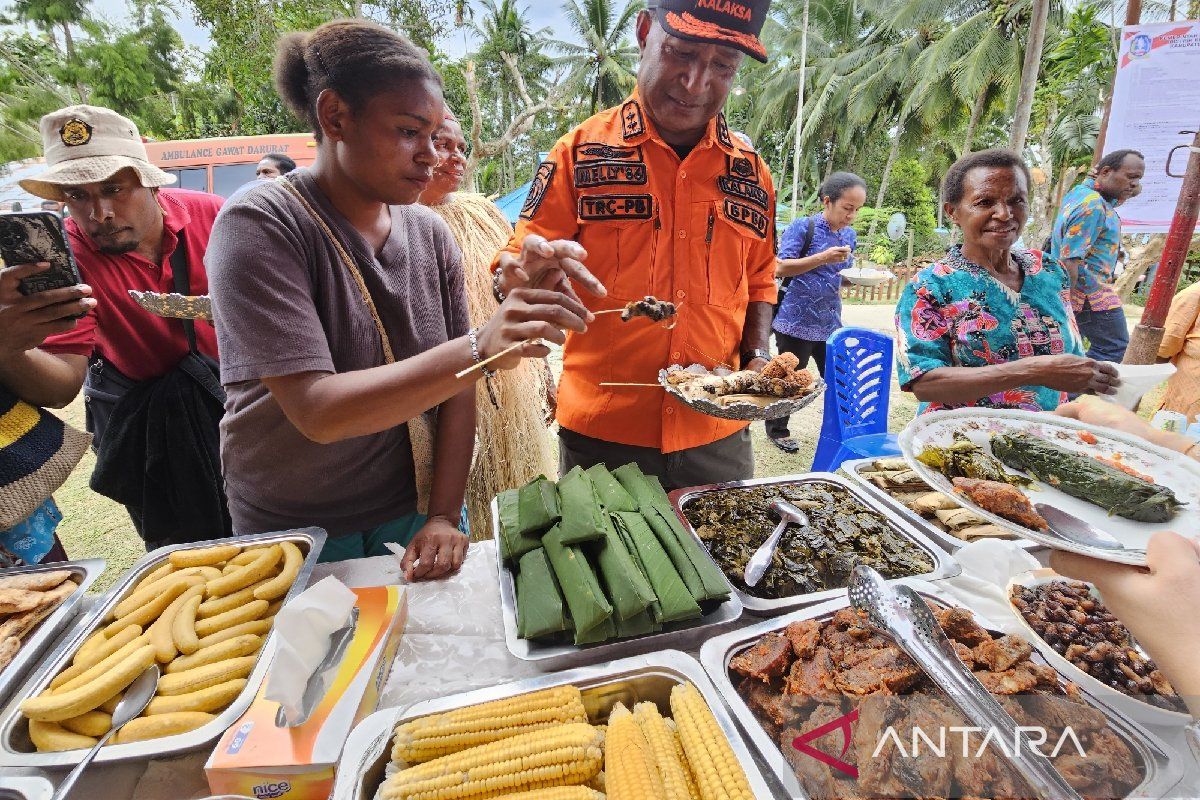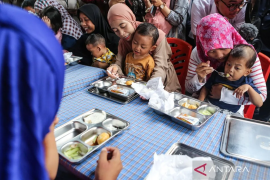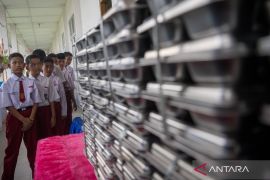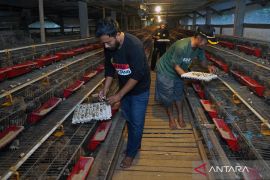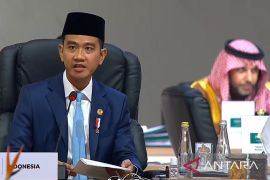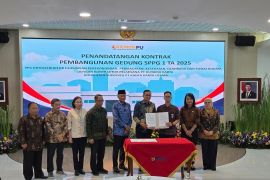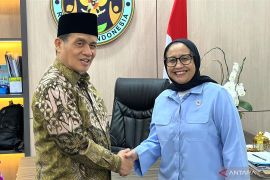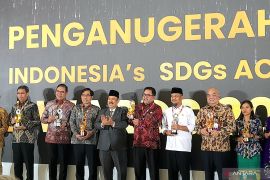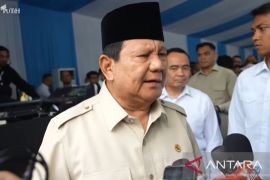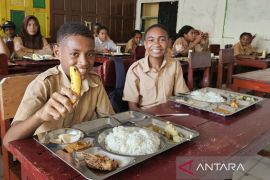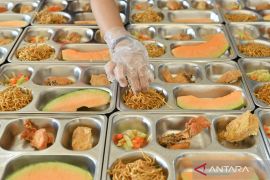The Papuan provincial government is determined to make the program a success through several methods, including conducting trials of providing free meals in several locations.
Together with nine regencies and cities, the Papua government is optimizing the use of nutritious local food to reduce program costs.
Regencies and cities in Papua have relied on imported agricultural commodities and other basic ingredients, making them costly for the free meals program.
Therefore, the provincial government is intensifying efforts to cultivate local food sources to provide affordable ingredients for the program.
"Our main challenge is the budget for the free meals program in Papua Province, which, according to district governments, is insufficient,” Acting Governor of Papua, Ramses Limbong, stated.
The ideal cost of food for schoolchildren in Papua ranges from Rp25,000 to Rp45,000 (around US$2.75) per child, depending on the region.
To overcome this challenge, the Papua government is now trying to build coordination with related agencies and start planting local plants and mapping out what foods can be substituted, without reducing their nutritional content.
Sarmi Regency, for example, is famous for its seafood, vegetables, tubers, and meat. The local government must manage these products to create menus that appeal to children.
In Keerom Regency, where fish is difficult to get, protein can be replaced with meat or eggs. Likewise in other districts that have their own characteristics.
"With these efforts, we are confident that the free meals program will run smoothly," Limbong noted.
Data from the Papua Statistics Indonesia show that in 2020, the plantation area in Papua was more than 152,000 hectares. Sago is the largest plantation crop, with a production of nearly 68,000 tons per year.
In addition, the poultry population in the province in 2021 was more than 7.5 million, with the largest poultry being broiler chickens with a population of around 3.3 million, while the duck population was over 192,000.
Meat production in Papua in 2022 came from beef (2.6 million kilograms), horse (17,250 kilograms), chickens (5 million kilograms), and duck meat (124,065 kilograms).
Meanwhile, the capture fisheries production in 2021 was more than 247,000 tons, and the aquaculture output was 22,144 tons.
Those productions are expected to be the basis for fulfilling the nutritional needs of school children from kindergarten to high school in the province.
Nutritious local food
Given the potential of local food ingredients, it is expected that diverse, nutritionally balanced menus will be developed to support the program.
In 100 grams (g) of dry sago, there are 94 g of carbohydrates, 0.2 g of protein, 0.5 g of fiber, 10 milligrams (mg) of calcium, and 1.2 mg of iron. The calories produced by 100 g of sago are 355 calories.
The calorie content of sago starch per 100 g is apparently not inferior to the calorie content of other foods.
The comparison of the calorie content of various starch sources is (in 100 g) corn 361 calories, milled rice 360 calories, cassava 195 calories, sweet potatoes 143 calories, and sago 353 calories.
However, the challenge remains in creating diverse menus that children in Papua will enjoy, as they are accustomed to rice as a staple food.
Food providers for the program are expected to be able to serve local menus that are liked by children to succeed in the program.
Creative and appealing food presentation is key to encouraging children to enjoy local Papuan cuisine.
Taro, for example, which is usually only boiled, can be created by pounding it and then molding it using cute molds, served with shredded fish and fern vegetables.
It can also be served with boiled peanuts, jackfruit seeds, and several other ingredients.
There is also sinole, or what is known as sago roll dale, which can be served with grilled fish and raw vegetables.
Meanwhile, local fruits such as avocado, pineapple, orange, mango, and dragon fruit can be obtained in several areas in Papua. These fruits can also be variants for the free meals program.
The many variations of food and fruit are believed to be liked by children to adults.
"I hope that the main requirement in realizing this program in Papua is the use of local food or the natural potential of the local area," said Usilina Epa, a local community empowerment figure.
She noted that the diversity of local food products offers opportunities for food providers to be more creative.
Local Papuan food is processed creatively so that it can be more attractive and liked by children and adults.
She hopes that there will be good cooperation between the central government, local governments, and related agencies, as well as Papuan culinary entrepreneurs and local small and medium business owners, to make the program a success.
With intense coordination between all parties, children will get healthy, fresh, and nutritious food.
It is hoped that the wealth of local food in Papua can be processed as a source of balanced nutrition to support the successful implementation of the free meals program.
Related news: Government to add US$6.2 billion budget for free meals program
Related news: Still readying facilities for free meals rollout: Papua Governor
Translator: Qadri Pratiwi, Yashinta Difa
Editor: Anton Santoso
Copyright © ANTARA 2025
